Description
The RRB (Railway Recruitment Board) ALP (Assistant Loco Pilot) Stage-II exam includes various topics in its syllabus, and “Basic Science and Engineering Drawing” is one of the key sections. Below is a general overview and guidance on preparing for this section, along with an approach to study and understand solved papers, notes, and question banks:
### Basic Science:
This section typically includes the following subjects:
1. **Physics:**
– **Mechanics:** Laws of motion, friction, work, energy, and power.
– **Properties of Matter:** Surface tension, viscosity, capillarity, and elasticity.
– **Heat & Thermodynamics:** Heat transfer, laws of thermodynamics, specific heat, etc.
– **Electricity and Magnetism:** Ohm’s Law, Kirchhoff’s laws, electric circuits, magnetic fields, etc.
– **Optics & Light:** Refraction, reflection, lenses, and optical instruments.
– **Modern Physics:** Photoelectric effect, atomic structure, radioactivity, etc.
2. **Chemistry:**
– **Basic Concepts:** Atomic structure, periodic table, chemical bonding.
– **Acids, Bases, and Salts:** Properties, reactions, and common compounds.
– **Metals and Non-metals:** Properties, extraction, and uses of metals.
– **Organic Chemistry:** Hydrocarbons, alcohols, and other functional groups.
– **Environmental Chemistry:** Pollution, water treatment, and environmental protection.
3. **Biology:**
– **Human Physiology:** Circulatory, digestive, and respiratory systems.
– **Plant Biology:** Photosynthesis, transpiration, and plant reproduction.
– **Reproduction:** Cellular division (mitosis and meiosis), genetics.
### Engineering Drawing:
This section involves topics related to technical drawing and visualization, such as:
1. **Basic Principles of Engineering Drawing:**
– Types of lines (continuous, dashed, chain, etc.)
– Geometric shapes and their representation.
– Drawing scales and projection methods.
2. **Orthographic Projection:**
– Projection of objects in multiple views (front, top, side).
– Understanding first and third-angle projection.
3. **Isometric Projection:**
– Drawing objects in 3D using isometric views.
– Understanding the principles of isometric axes and projections.
4. **Sectional Views:**
– Representing objects using cutting planes to reveal internal features.
5. **Dimensioning and Tolerances:**
– Properly adding measurements and using standard symbols.
6. **Symbols and Conventions:**
– Using standard symbols for materials, welds, threads, etc.
—
### How to Approach the Exam Preparation:
#### 1. **Solve Previous Year Papers:**
– Solve as many **RRB ALP Stage-II previous year papers** as possible. This will help you understand the exam pattern, time management, and types of questions asked.
– Analyze the solved papers to identify commonly asked topics and areas where you need to improve.
#### 2. **Use Selectors Notes and Question Banks:**
– **Selectors Notes** provide concise information on key topics in the syllabus. These can be great for quick revision before the exam.
– **Question Banks** will help you practice the variety of questions that could appear. It’s important to practice not only the theoretical questions but also numerical problems, particularly in the Physics and Chemistry sections.
#### 3. **Understand Concepts:**
– For **Basic Science**, focus on understanding the underlying concepts and how they are applied to real-world scenarios.
– For **Engineering Drawing**, practice sketching and drawing diagrams to familiarize yourself with the conventions used in the field.
#### 4. **Make a Study Plan:**
– Allocate specific time slots for each subject and revise key topics regularly.
– Practice Engineering Drawing by sketching diagrams regularly.
—
### Additional Resources:
– **RRB ALP Stage II Exam Preparation Books:** There are several guidebooks available for the RRB ALP Stage-II exam that include solved papers, important formulas, and practice questions.
– **Online Practice Platforms:** Websites and apps like GradeUp, Testbook, or BYJU’s provide practice tests and mock exams specifically for RRB ALP.
### Example of Solved Paper:
1. **Physics Sample Question:**
– **Question:** What is the unit of electric current?
– **Solution:** The unit of electric current is **Ampere** (A).
2. **Engineering Drawing Sample Question:**
– **Question:** Draw the isometric view of a cylinder.
– **Solution:** (Include a simple representation with isometric projections, showing the circular base and height in a 3D view.)
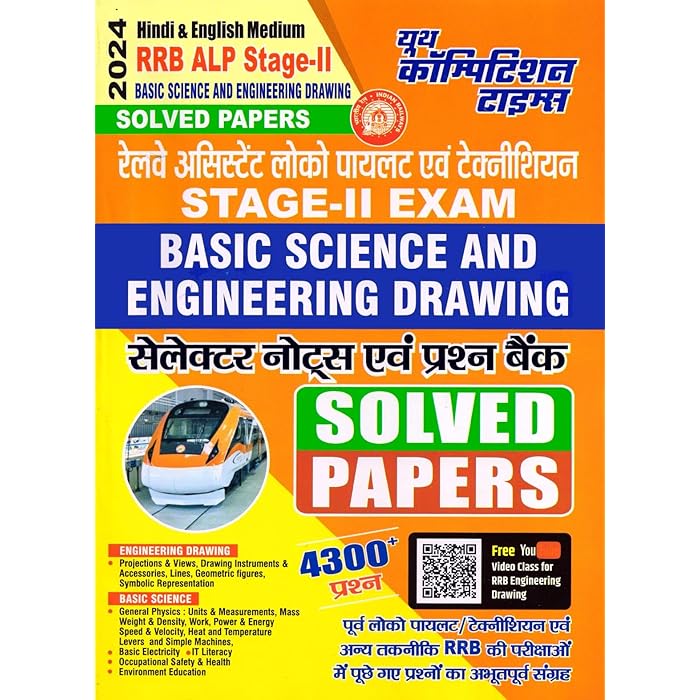
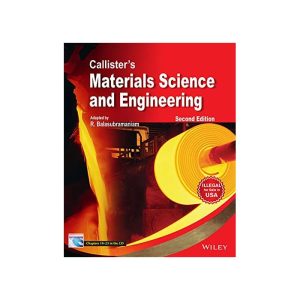
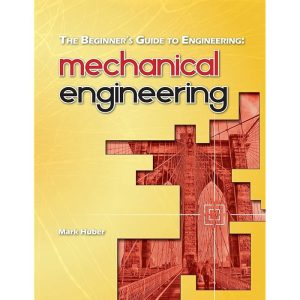
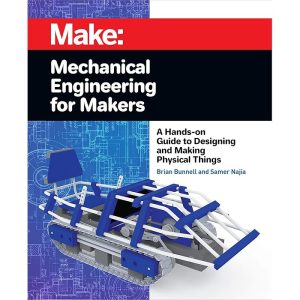
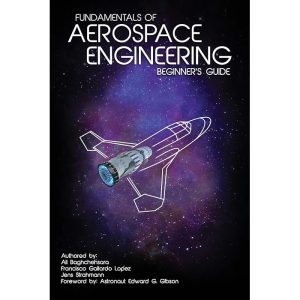
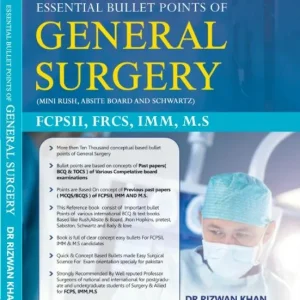
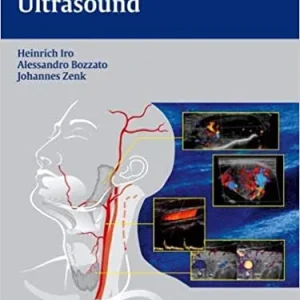

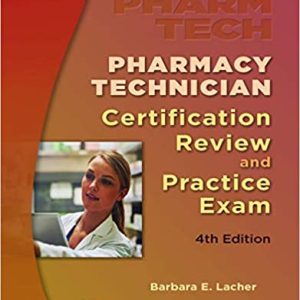
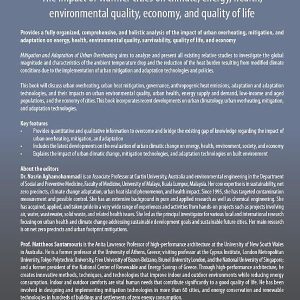
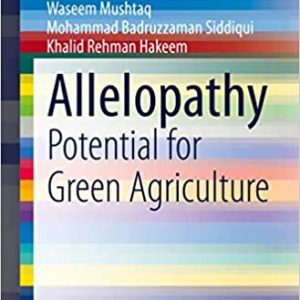
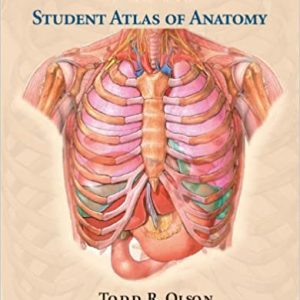
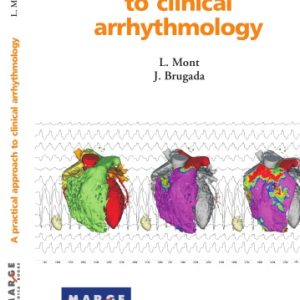
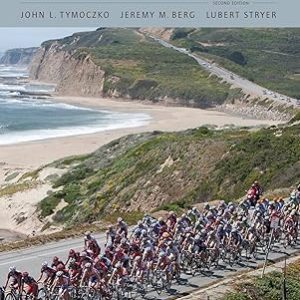




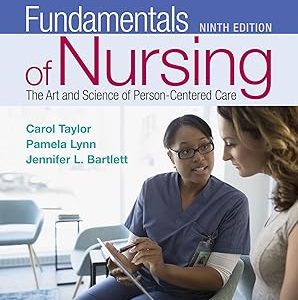
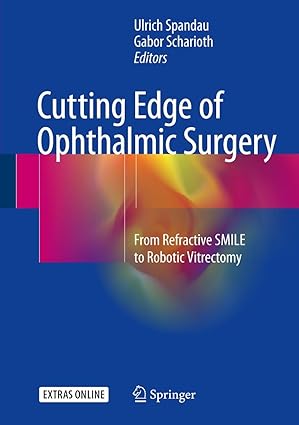
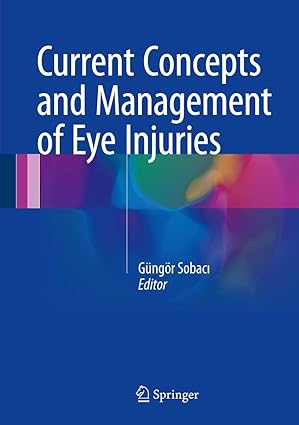
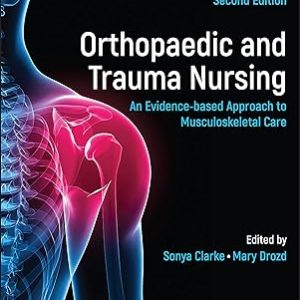
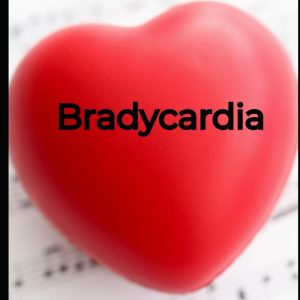
Reviews
There are no reviews yet.